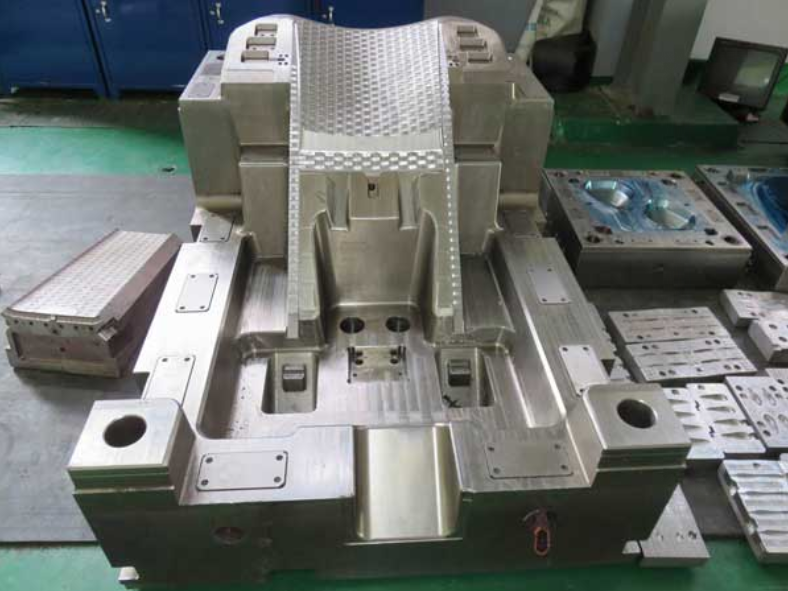Cost Analysis: Injection Mold Expenses Unveiled
Injection molding is a widely used manufacturing process for producing a variety of plastic products. However, the cost associated with injection molding can vary significantly depending on various factors. In this article, we will delve into the expenses involved in injection molding and uncover the different elements that contribute to the overall cost.

Tooling Costs:
One of the primary expenses in injection molding is tooling costs, which refer to the expenses associated with the creation of molds or tools. These molds are typically made from steel or aluminum and can be quite expensive, especially for complex designs. The tooling costs include the design and engineering of the mold as well as the material and labor costs involved in its production. The complexity of the product, the number of cavities in the mold, and the size of the mold all impact the tooling costs.
Material Costs:
Another significant expense in injection molding is the material costs. The type of plastic resin used in the production process can vary, and each resin has a different cost associated with it. Factors such as the desired properties of the final product, its application, and the volume required influence the choice of material. High-performance resins tend to be more expensive than standard ones. Additionally, the colorants and additives used in the plastic can also contribute to the material costs.
Machine Costs:
Injection molding machines are sophisticated pieces of equipment used to melt the plastic resin and inject it into the mold. The cost of these machines can vary depending on various factors such as the clamping force, the size of the injection unit, and the level of automation. High-capacity machines capable of handling larger volumes of production tend to be more expensive. Additionally, the energy consumption of the machine also adds to the overall costs.
Labor Costs:
Labor costs in injection molding include the wages of the operators, technicians, and engineers involved in the production process. Skilled labor is required for tasks such as mold setup, machine operation, quality control, and maintenance. The number of personnel required depends on the complexity of the product and the level of automation in the production line. Additionally, labor costs can also vary depending on the location and availability of skilled workers.
Overhead Costs:
Overhead costs include all the indirect expenses associated with the injection molding process. These costs can include rent, utilities, insurance, taxes, and other administrative expenses. Overhead costs are typically calculated as a percentage of the direct costs, and the exact percentage can vary depending on the company and location.
Post-Processing Costs:
After the injection molding process is complete, there may be additional post-processing steps required depending on the product’s specifications. This can include trimming, machining, painting, or assembly. The costs associated with post-processing should be considered when calculating the overall expenses of injection molding.
Conclusion:
Injection molding is a complex manufacturing process that involves various expenses. Understanding the different elements that contribute to the overall cost is crucial for effectively managing and budgeting for injection molding projects. By considering factors such as tooling costs, material costs, machine costs, labor costs, overhead costs, and post-processing costs, manufacturers can make informed decisions to optimize their production processes and ensure cost efficiency.
Previous:Crafting Excellence: Creating an Industrial Trash Bin Mold
Next: Injection Mold Components: Essential Parts for Successful Manufacturing
-
Creating High-Quality Plastic Crate Moulds: Expert Tips and Techniques
2023-7-27
Introduction Plastic crate moulds play a crucial role in the manufacturing of plastic crates, which are widely used in v...
View details -
Designing an Injection Mould for a Chair manufacture: Perfecting the Manufacturing Process
2023-7-26
Injection moulding is a widely used manufacturing process for producing plastic products. It offers various advantages, ...
View details -
Effective Methods for Preventing and Removing Car Door Mold
2023-9-28
Car door mold can be a common and frustrating problem for car owners. Mold growth not only looks unsightly but can also ...
View details -
Plastic Injection Molding wholesale: Streamlining Manufacturing Processes
2023-5-11
Plastic injection molding is a manufacturing process that has become increasingly popular due to its ability to produce ...
View details -
Industrial Plastic Molds: Precision Tools for Manufacturing
2024-5-31
In the vast world of manufacturing, industrial plastic molds have become an indispensable and important tool with their ...
View details -
Plastic bakery crate mold expert, manufacturer customization, unique craftsmanship
2024-4-23
In today's baking industry, plastic baking basket molds are favored by many bakers and merchants for their unique advant...
View details









